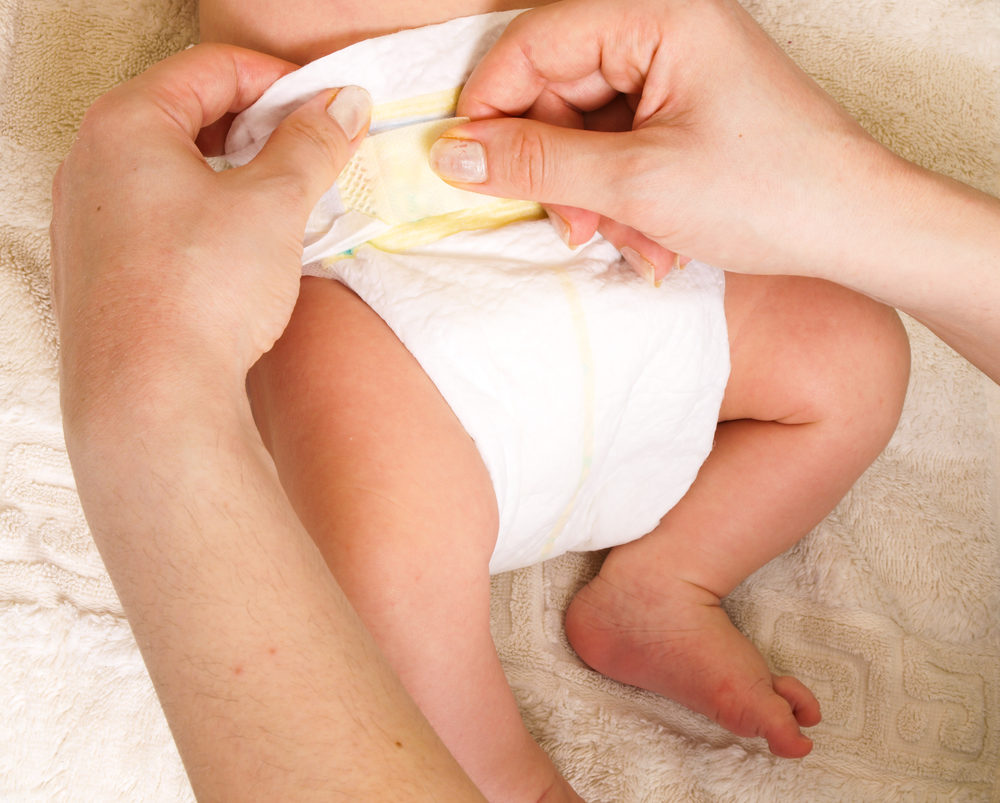New Standards For Baby-Changing Products Approved By CPSC

Federal regulators have approved new mandatory safety standards for baby changing tables and similar products, after thousands of infants have suffered changing table injuries over the past decade that may have been preventable.
The Consumer Product Safety Commission (CPSC) approved new federal changing table standards on June 19, voting unanimously to approve the mandatory requirements.
The rules address specific hazards associated with baby changing products that could cause serious harm to a young child.

Did You Know?
Millions of Philips CPAP Machines Recalled
Philips DreamStation, CPAP and BiPAP machines sold in recent years may pose a risk of cancer, lung damage and other injuries.
Learn MoreThere were more than 39,000 baby changing product-related injuries to children younger than 3 years old treated in U.S. emergency rooms from 2005 to 2016, according to data from the CPSC’s National Electronic Injury Surveillance System.
The CPSC received 188 reports of incidents involving baby changing products that occurred between January 2005 and November 2017. Among the nearly 200 incidents, seven children died from baby changing hazards. More than 30 children suffered injuries or serious health side effects.
The fatal injuries involved suffocation or asphyxia, most often when a baby was sleeping on a changing product, according to the commission. The products are not intended for a child to sleep on.
However, structural integrity issues with baby changing products were the primary hazard associated with nonfatal incidents or injuries. These types of injuries included falls or soft tissue wounds.
The new rules are intended to improve the safety of baby changing products and protect the babies who are placed on the products. Those products include changing tables, changing table accessories, add-on changing units, and contoured changing pads.
A changing table is defined as a freestanding product intended to support a 30-pound child during a diaper change.
The rules also incorporate recent voluntary standards put into place by ASTM International, a manufacturing industry standards organization, with no modifications. Those standards focus on hazards associated with baby changing products, such as requirements for structural integrity, restraint-system integrity, and warnings on labels and in instructional literature.
The new regulation will become effective June 26, 2019, and will apply to products manufactured or imported after that date. However, changing tables or baby changing products used in public restrooms or other public facilities are not subject to the mandatory standard.
Get more articles like this sent directly to your inbox.
"*" indicates required fields





0 Comments